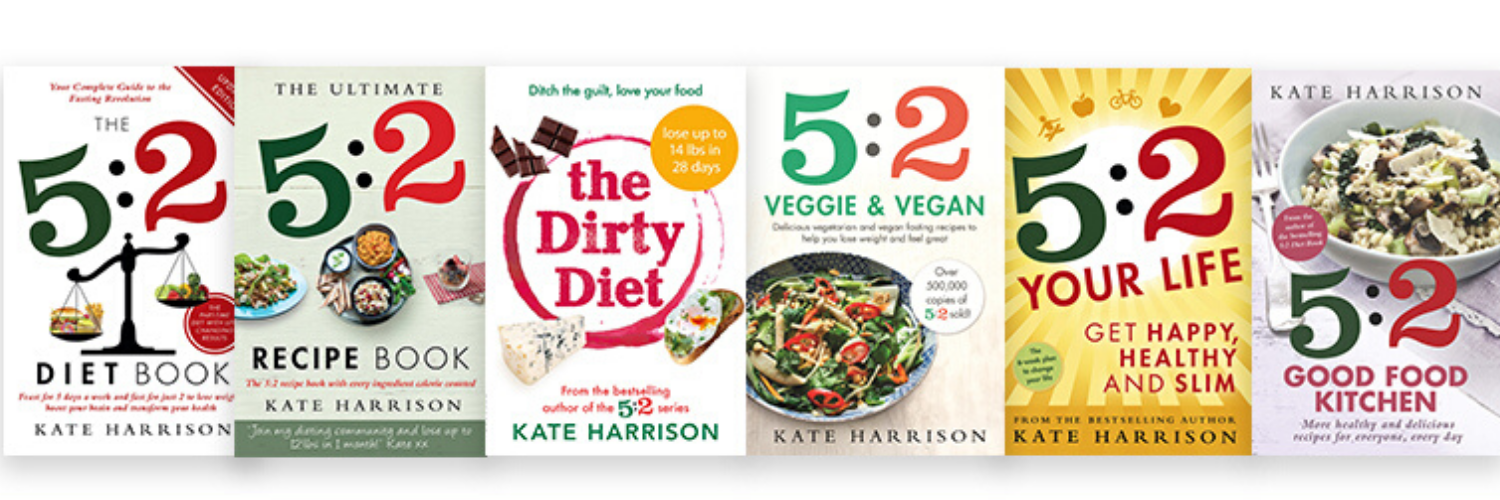In the 5:2 diet book podcast 2…
Learn the 5 things you MUST do before your first fast day – and hear tips from successful faster Kate Harrison – plus instalment 2 of her very honest 5:2 Diet diary as she decides when to fast and how much to eat… the podcast is full of information on setting a goal, deciding how frequently to fast, charting your progress and choosing the perfect day to try the approach for the first time.
Podcast 2 Notes
Setting your weight loss goals
In the podcast, I talk about setting goals and using BMI (Body Mass Intake) and your waist/height ratio to work out what a healthy weight/size might be for you. You can calculate your BMI on this page of our site (along with your BMR and TDEE, see below).
The waist/height ratio is even simpler: the bigger you around the waist/belly, the higher the likelihood that you’ve accumulated ‘visceral’ fat around the vital organs, which is a risk factor for heart disease and Type 2 diabetes. ‘Pear-shaped’ people with larger hips and thighs tend to be at lower risk than the ‘apple-shaped’ who store more fat around the belly.You’re at greater risk if your waist (measured round your natural waist or mid-way between the bottom of your ribcage and your hipbone) is more than half of your height.
For example, I am 64 inches tall, so my waist measurement should stay under 32 inches. As an indicator, here’s how mine has changed over time:
August 2012: Waist (32 inches)÷Height (64 inches) = 0.5 (so, borderline)
January 2013: Waist (29.5) ÷ Height (64) = 0.46
December 2014: Waist (27.5) ÷ Height (64) = 0.43
Deciding your Fast Day Limits/Calculating Your Calorie Needs:
Your BMR (Basal Metabolic Rate) and your TDEE (Total Daily Energy Expenditure) will help you understand what calories your body needs on a normal day to function without putting on, or losing, weight. See the calculator page for much more information.
Planning your meals: Try one of my recipe books, packed with recipes, case studies and advice!
Finding support:
The 5:2 Facebook group is free to join and great for advice and support - join us!
Don't forget, too, that the podcast and website is for information only and is not intended as medical advice, or as a substitute for medical advice, diagnosis or treatment. There are some people who shouldn’t follow this diet: children and teenagers, and pregnant or breast-feeding women. If you take medication have a pre-existing medical condition, including Type 2 diabetes, you should talk to your doctor before making any dietary changes. In addition, anyone with a history of eating disorders should definitely not undertake this without talking to their doctor or specialist.Finally, never disregard professional medical advice or delay medical treatment because of something you have read here or heard on the podcast!



